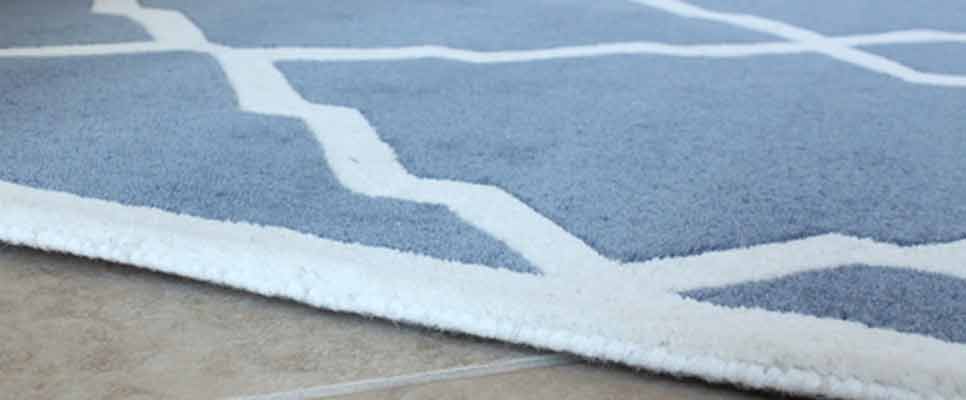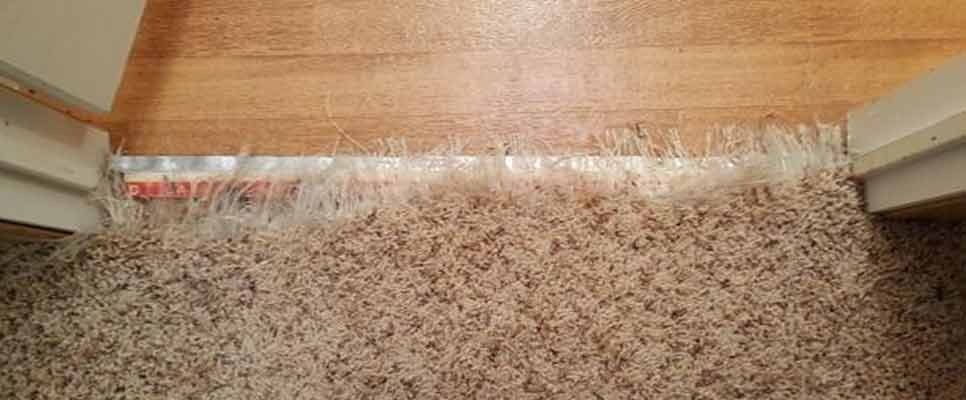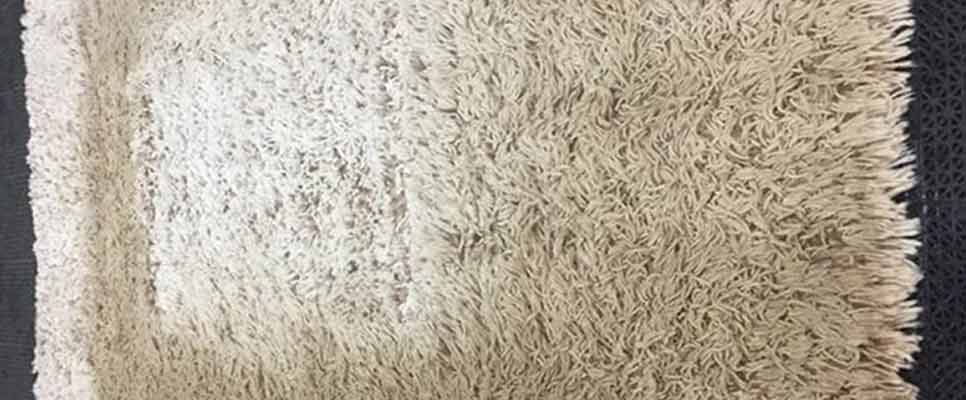Carpets can enhance the beauty and comfort of your home, but accidents or wear and tear can sometimes lead to unsightly holes. Whether caused by pets, furniture, or daily use, carpet holes can be fixed effectively with the right techniques. Learning how to repair a hole in your carpet is not only cost-effective but also helps extend its lifespan.
In this guide, we’ll walk you through the steps to fix a hole in your carpet, share helpful tips, and explain when to consider professional carpet repair services for a seamless and durable fix.
Common Causes of Carpet Holes
Before diving into the repair process, it’s essential to understand what might cause holes in your carpet:
- Pet Damage: Scratching, digging, or chewing by pets.
- Burns: Hot items like irons or candles accidentally dropped on the carpet.
- Furniture Wear: Heavy furniture dragging across the carpet can tear fibers.
- Aging Carpets: Over time, carpet fibers may weaken, making them more susceptible to damage.
Tools and Materials Needed for Carpet Hole Repair
To repair a hole in your carpet, gather the following items:
- Carpet remnant (matching the existing carpet)
- Carpet adhesive or double-sided carpet tape
- Utility knife or carpet cutter
- Measuring tape
- Scissors
- Marker or chalk
- Seam roller or heavy object
Step-by-Step Guide to Fixing a Hole in Your Carpet
Step 1: Clean the Area
Before starting the repair, clean the damaged area to remove any dirt or debris.
Steps:
- Vacuum the area around the hole to ensure a clean surface.
- Trim any loose or frayed fibers around the edges of the hole.
Tip: Cleaning ensures the adhesive sticks properly and creates a neat repair.
Step 2: Cut Out the Damaged Section
Remove the damaged portion of the carpet to create a clean, even area for patching.
Steps:
- Use a utility knife or carpet cutter to cut a square or rectangular section around the hole.
- Make sure the cut edges are straight for an easier fit.
Tip: Avoid making irregular cuts, as they can be more challenging to patch.
Step 3: Prepare the Replacement Patch
Using a carpet remnant or a hidden section of your existing carpet (such as from a closet), cut a patch to match the size of the removed section.
Steps:
- Place the removed piece of carpet over the remnant and trace its shape with a marker or chalk.
- Cut the patch carefully to ensure it fits snugly into the hole.
Tip: Match the pile direction of the patch with the existing carpet for a seamless appearance.
Step 4: Attach the Patch
Secure the patch to the subfloor using carpet adhesive or double-sided carpet tape.
Steps:
- Apply adhesive or tape to the subfloor where the patch will be placed.
- Press the patch into the hole, ensuring it fits snugly with the surrounding carpet.
- Use a seam roller or a heavy object to press down the patch and ensure a secure bond.
Tip: Allow the adhesive to dry completely before walking on the patched area.
Step 5: Blend the Patch with the Surrounding Carpet
Once the patch is in place, blend its edges with the surrounding carpet for a uniform look.
Steps:
- Use a carpet brush or your fingers to lift and fluff the fibers.
- Trim any uneven fibers with scissors for a polished finish.
Tip: Vacuum the patched area to further blend the fibers.
Preventing Future Carpet Holes
- Protect High-Traffic Areas: Use area rugs or runners to shield vulnerable spots.
- Train Pets: Teach your pets not to scratch or chew on the carpet.
- Handle Hot Items Carefully: Avoid placing hot objects near carpets to prevent burns.
- Rearrange Furniture Periodically: Prevent excessive wear by moving furniture occasionally.
When to Call Professionals
While DIY repairs work well for small holes, larger or more complex damage may require expert assistance. Professional services can ensure a seamless repair that matches the texture and color of your carpet.
For reliable help, contact Hole Repair for Carpets in Adelaide to restore your carpet to its original condition.
Benefits of Professional Carpet Repair
- Expert Techniques: Professionals use specialized tools for precise repairs.
- Time-Saving: Repairs are completed quickly and efficiently.
- Seamless Results: Expert patching blends perfectly with the surrounding carpet.
- Long-Lasting Fix: Professional repairs are durable and maintain the carpet’s appearance over time.
Maintaining Your Carpet After Repairs
To keep your carpet in excellent condition after repair:
- Vacuum Regularly: Remove dirt and debris that can wear down fibers.
- Clean Spills Promptly: Address stains and spills immediately to prevent permanent damage.
- Use Protective Mats: Place mats under heavy furniture to avoid tears.
- Schedule Professional Cleaning: Regular deep cleaning enhances the carpet’s longevity.
Conclusion
Repairing a hole in your carpet doesn’t have to be a daunting task. With the right tools, techniques, and a little patience, you can restore your carpet and save on replacement costs. For more extensive damage or a professional finish, expert carpet repair services are the best option. With proper care and occasional repairs, your carpet can remain beautiful and functional for years to come.
Published on: January 29, 2025






